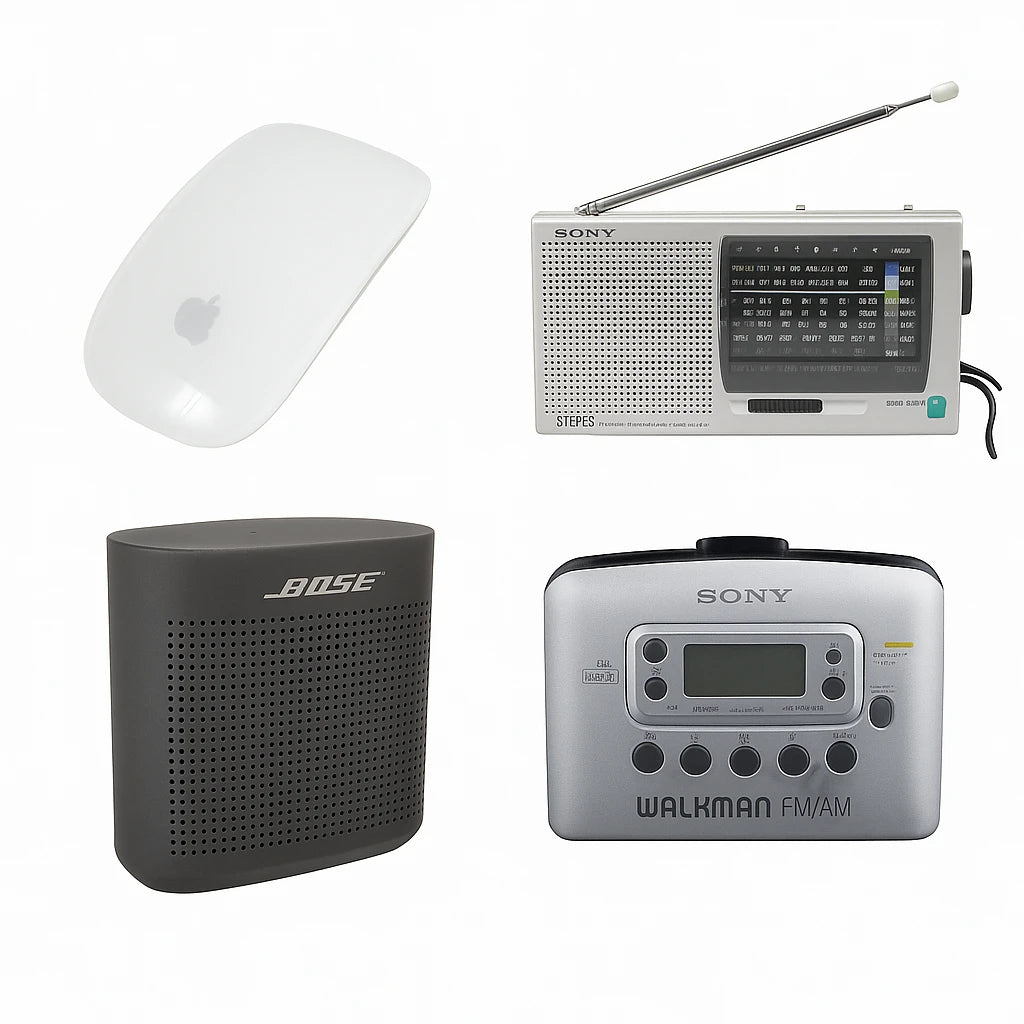
Background: The Olympus Trip MD3 in the 1980s
What you’ll get here is the story of how Olympus shaped casual photography with the Trip MD3 during the analog boom.
The Olympus Trip MD3 arrived as part of the famous Olympus Trip series, shifting the brand’s line from semi-automatic designs to fully automatic convenience. Marketed for family holidays and everyday use, it promised to make capturing memories effortless.
Imagine yourself as a tourist in the late 1980s: fanny pack, map in pocket, and the Olympus Trip MD3 hanging from your wrist. Its motorized film advance and pop-up flash meant no fiddling—just point, click, and the family vacation was preserved in warm, slightly soft frames that still glow with nostalgia today.

Key Features and Shooting Character
What you’ll get here is a breakdown of how the camera works and the images it produces.
Core Specifications
- 35mm f/4.5 fixed-focus lens
- Motorized film advance and rewind
- Auto flash with program exposure
- Pocket-friendly casing
The MD3 produces images with a distinctly nostalgic charm—warm tones, slight softness, and natural vignetting that many digital filters try to replicate today.

Why the Olympus Trip MD3 Works in 2025
What you’ll get here is a sense of why this 1980s camera still feels relevant to modern creators.
With its no-nonsense design, the Olympus Trip MD3 is ideal for beginners and street photographers alike. Its imperfections—soft focus, flash quirks, and occasional vignette—are no longer drawbacks but creative features embraced by influencers and artists chasing authentic, lo-fi aesthetics.
Imagine rediscovering an old roll of film shot on the MD3. The tiny flaws—the light leaks, the blur—suddenly elevate the images, reinforcing the mood of a moment long past.

Creative Workflows and Shooting Ideas
What you’ll get here are practical ideas and tips to maximize your experience shooting with the MD3.
Best Film Choices
Kodak Gold and Fujifilm C200 work beautifully, balancing sharpness with nostalgic warmth. ISO 100–400 film is the sweet spot for this camera.
Checklist for Smooth Shooting
- Choose ISO 100–400 film for best results
- Carry AA batteries for flash and motorized advance
- Experiment with flash on/off to vary mood
- Try hybrid workflow: shoot > develop > scan > share
One street photography outing with the MD3 revealed quirky flash behavior—tiny light leaks and unpredictable results that turned each frame into a surprise gem.

What to Check Before Buying a Second-Hand Olympus Trip MD3
What you’ll get here is a practical inspection guide when shopping for this camera second-hand.
When considering an Olympus Trip MD3 as your analog companion, always check the mechanical and optical health:
- ✅ Working motorized film advance and rewind
- ✅ Clean, corrosion-free battery compartment
- ✅ Clear lens and viewfinder
- ✅ Foam seals intact (or plan to replace)
At a flea market, you might stumble upon a dusty Olympus Trip MD3. With a quick seal replacement and battery swap, it springs back to life, ready for another decade of picture-making.

Conclusion: A Lo-Fi Gem for Beginners and Creators
What you’ll get here is the lasting verdict on the Olympus Trip MD3’s relevance today.
This camera isn’t about technical perfection. It’s about mood, spontaneity, and authenticity. Affordable and sustainable to buy A cameras second-hand, the Olympus Trip MD3 remains a fun, reliable companion for film newcomers and seasoned shooters chasing lo-fi vibes.
Quick decision
- Perfect for beginners: zero manual controls needed.
- Great for street and candid photography.
- Compact design makes it travel-friendly.
- Creative imperfections add unique character.
Pros
- Easy to use, fully automatic functions.
- Produces nostalgic, lo-fi images.
- Lightweight and pocketable.
- Affordable second-hand option.
Cons
- No manual controls for experimentation.
- Fixed-focus limits close-up work.
- Older seals may need replacing.
FAQs
Is the Olympus Trip MD3 good for beginners? Yes, it’s designed for simplicity—fixed focus, auto exposure, and motorized film advance make it very easy for film beginners.
What batteries does the Olympus Trip MD3 use? The camera runs on AA batteries, powering both the motor and flash, making replacements easy and affordable.
What type of film works best with the Olympus Trip MD3? Standard 35mm film (ISO 100–400) performs reliably, with consumer film like Kodak Gold or Fujifilm C200 giving optimal results.
Is the Olympus Trip MD3 reliable today? Yes, provided you check for motor function, battery corrosion, and light seal condition before buying second-hand.
Find more point-and-shoot film cameras in our store and start your analog journey with confidence.










0 comments